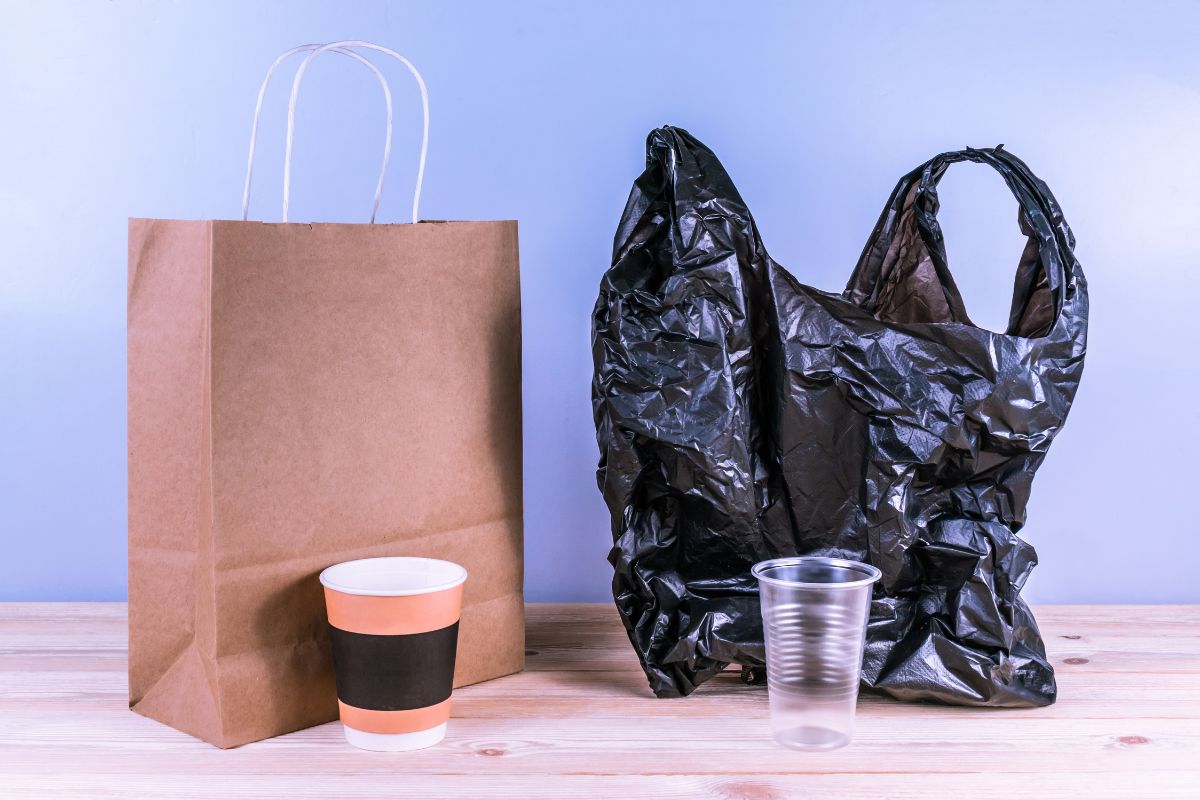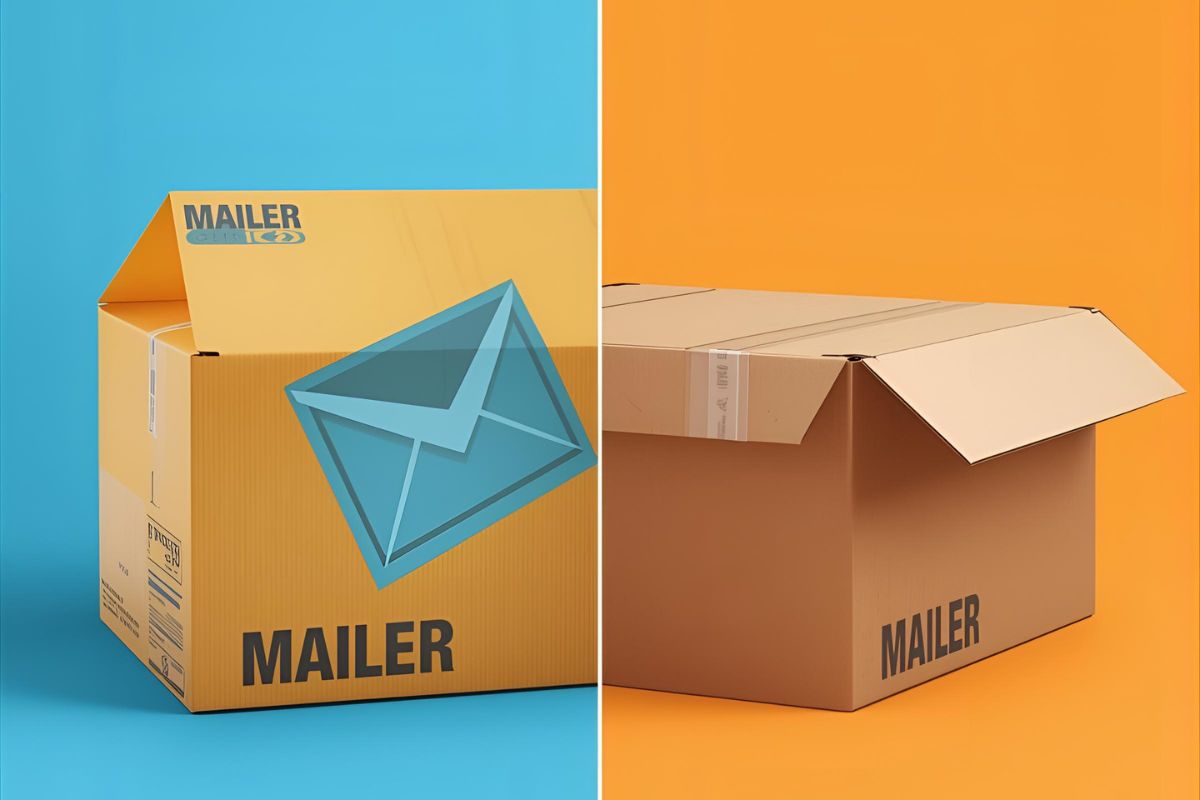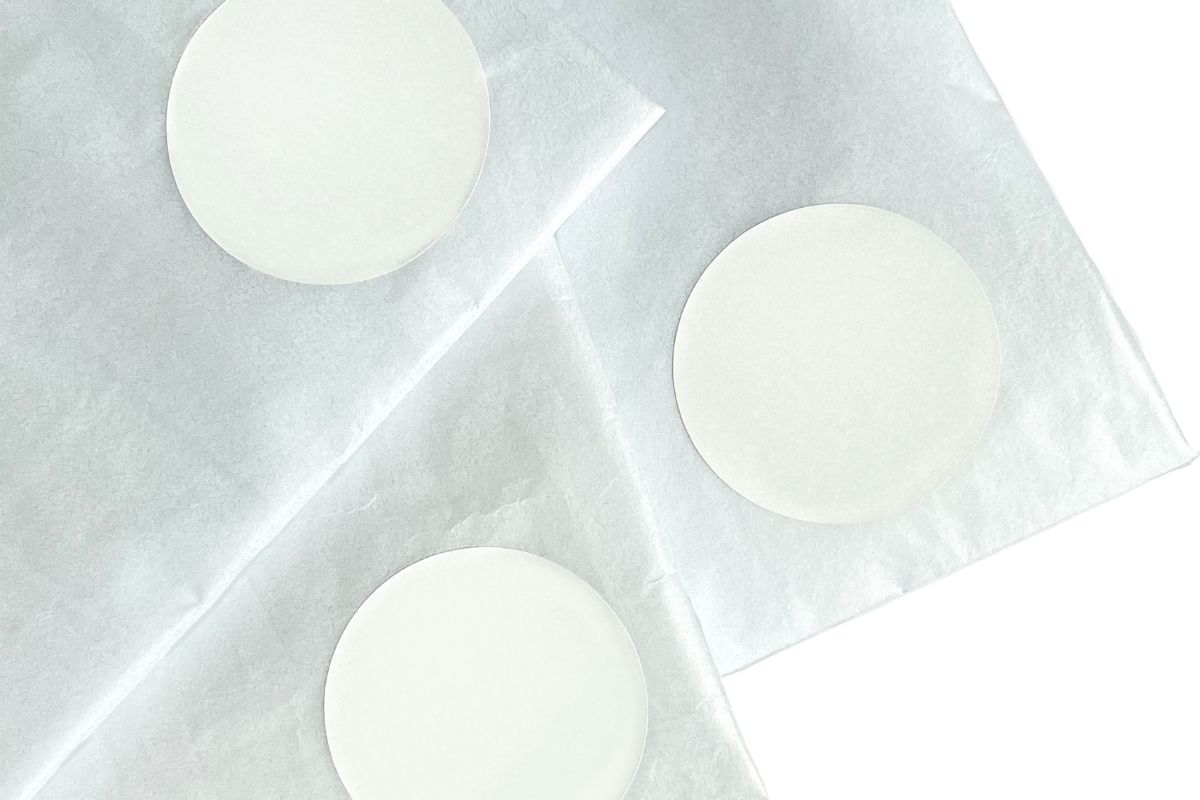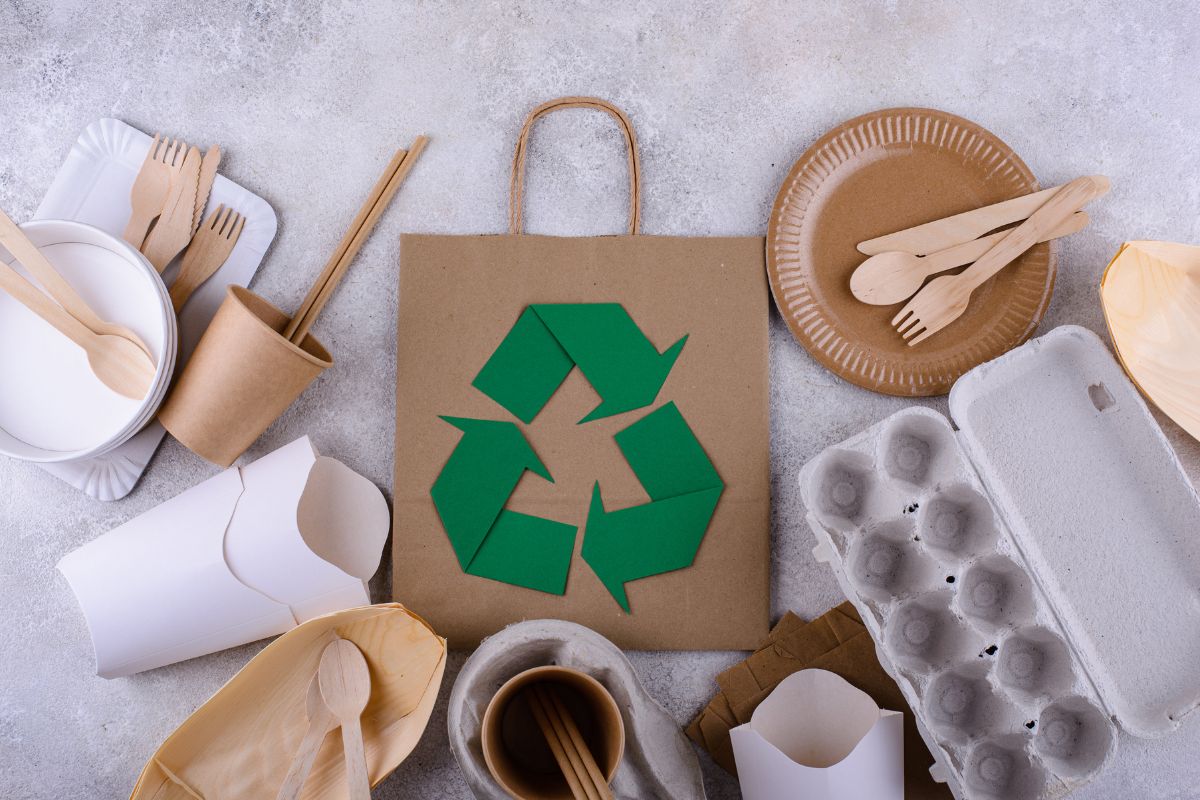Selecting between paper and plastic packaging may seem straightforward, but the situation is more complicated than that. The correct choice will rely on your product, your budget, your supply chain, and the reputation you wish your brand to carry. What is ideal for one company may be inappropriate for another.
The argument isn’t over naming one material “good” and the other “bad.” Paper has recyclability and high consumer favor, but it’s not necessarily the strongest or the least expensive. Plastic, particularly produced from recycled material, can at times be lower-carbon and more protective. Both have trade-offs that count in practical packaging choices.
In this guide, we’ll dissect the major differences between paper and plastic packaging, show you the real advantages and disadvantages of each, and provide you with a quick checklist to help you decide.
The Market is Speaking Loud and Clear
The North American paper packaging industry raked in a whopping $92.18 billion in 2024 and is estimated to grow to $116.86 billion by 2030 – a 4.1% average annual growth rate that has no signs of decelerating.
Consumer attitudes are powering this change big time. A Two Sides North America survey found 55% of US consumers would purchase more from companies that eliminate plastic from their packaging, an increase from 49% a few years back. More revealing? Half of consumers are actively engaged in doing more with paper packaging, and 47% would avoid retailers who don’t make an effort to cut non-recyclable packaging.
Paper: The Benefits and The Realities
Why brands pick paper
- Perception & circularity: Shoppers tend to like paper; surveys indicate most purchasers prefer brands that minimize plastic usage.
- Recyclable & biodegradable: Paperboard and paper cartons decompose easily and are generally accepted by curb-side programs.
- Branding & unboxing: Paper boxes and printed paper bags provide an upscale touch that translates as sustainable.
But don’t forget the tradeoffs
- Higher cost: Paper mailers and rigid boxes tend to be more expensive and add weight and volume to shipments.
- Durability & water resistance: Paper is not perfect for wet-frequent items unless you include protective liners (which can make it harder to recycle).
- Production footprint: paper making can be water- and energy-wasteful; sourcing makes a difference (FSC certified sources are ideal).
Plastic: Where It Still Wins
Why brands choose plastic (and why it can be sustainable)
- Durability & protection: Polybags are stretchy, resistant to punctures, and water-resistant — perfect for garments, fragile items, or multi-leg shipping.
- Lower transport footprint: Since plastic is thin and lightweight, carbon shipping can be lower per unit than packaging heavier paper equivalents.
- Cost & reuse: Poly mailers tend to be cheaper and are often reusable for returns — increasing circularity in real life.
- Better carbon in some cases: LCA comparisons have demonstrated that recycling poly mailers can outperform paper for greenhouse gases in certain product categories.
But be honest about the cons
- Perception & litter risk: Littering plastic lasts for hundreds of years. Consumers increasingly dislike single-use plastic.
- Recycling complexity: Plastic recycling differs broadly across regions and types of resin; not all polybags are curbside acceptable.
- Regulatory headwinds: Plastic taxes and extended producer responsibility (EPR) regulations are increasing in most markets, increasing the cost of virgin plastic.
The Middle Ground: Smart Choices and Hybrid Options
You don’t always have to choose one for good. Here are practical strategies that balance performance, cost, and brand values:
- Use paper for primary, low-risk items (e.g., boxed cosmetics, dry goods) and recycled plastic for moisture-sensitive or return-heavy SKUs.
- Choose recycled content: require high PCR for polybags; for paper, ask for high post-consumer recycled content or FSC certification.
- Design for recyclability: avoid mixed-material laminates; make labels and adhesives easy to remove.
- Offer multi-use packaging: poly mailers with a second tear strip support returns and reuse.
- Explore innovations: chemical recycling, depolymerisation, and advanced sorting tech are improving recycling rates and the quality of recycled plastic.
Cost, Carbon, and Compliance — What to Factor In
- Cost: Paper mailers might be 2–4× more costly than poly mailers of similar size. Furthermore, storage and shipping volume contribute to the overall cost.
- Carbon: PCR plastics may occasionally have lower GHG than paper equivalents — review a life-cycle analysis for your SKU and territory.
- Regulation: Taxes (such as the UK/Europe plastic tax models) and EPR legislation drive recycled content and paper alternatives in most markets. Future-proofing is important.
The UK plastic packaging tax charges firms £224 per tonne for plastic with less than 30% recycled material. The Single-Use Plastics Prohibition Regulations (SUPPR) in Canada are part of a wider strategy to eradicate plastic waste by 2030.
Twenty-three American states have plastic bag legislation in place, and a few cities have outlawed plastic straws. These are not future issues – they’re impacting business today. The Extended Producer Responsibility (EPR) schemes being implemented across the world are holding brands accountable for their packaging waste financially.
The Smart Approach: Know Your Options
At Elements Branding, we’ve seen brands successfully navigate this decision by understanding their specific needs. Here’s what works:
For retail and e-commerce shipping of non-filigran products such as clothing or books, paper-based solutions are ideal. Our glassine paper bags provide an eco-friendly single-use plastic replacement with tamper-proof seals and print customization.
For sensitive products to moisture or those that need ultimate protection, recycled poly mailers with high post-consumer content are the ideal compromise between functionality and sustainability. Our LDPE, HDPE, and CPE materials provide different levels of protection while accommodating recycled content requirements.
For high-end branding and luxury products, customized paper boxes and kraft paper bags provide an unboxing experience that communicates your sustainability commitment. They are 100% recyclable, biodegradable by nature, and ideal for brands serving environmentally conscious consumers.
A Simple Decision Checklist
- Product risk: moisture, puncture, fragility? → favor plastic if yes.
- Branding priority: premium unboxing and perceived sustainability? → favor paper.
- Cost cap: strict? → Plastic likely wins.
- Regulatory exposure: heavy in your markets? → lean paper or high-PCR plastic.
- Reuse/returns: need durable packaging? → Choose reusable poly or reinforced paper solutions.
- End-of-life: Can your customers recycle this locally? → If no, rethink material choice.
Partner with Elements Branding for Smart Packaging Decisions
At Elements Branding, we assist brands to break through the noise and make effective packaging decisions. From sustainable paper bags to recyclable plastic, our solutions are crafted to fulfill sustainability requirements without the loss of performance or deadlines.
Ready to discover the perfect packaging solution for your brand? Contact us today. We’ll guide you through material choices, cost analysis, and sustainability factors so you can feel good about making your decision.
FAQs
1. Is paper better than plastic for packaging?
It varies. Paper tends to be more recyclable and biodegradable; plastic may be superior in terms of durability, price, and often carbon footprint when recycled.
2. Why is paper better than plastic for some brands?
Paper symbolizes circularity to consumers, is curbside recyclable in many regions, and decomposes naturally if littered – all of which are major brand benefits.
3. When should I choose plastic over paper?
Choose plastic for moisture resistance, lightweight shipping, reusable returns, and tight budgets.
4. What does “paper over plastic” actually mean for my supply chain?
It entails examining each SKU, switching to paper where it is functional while retaining recycled plastic for things that require protection, and assuring adequate sourcing and recyclability.
5. How much more expensive is paper vs plastic?
Paper mailers will cost around 2–4× as much as similar poly mailers; shipping and storage will add to the expense.
6. How does the carbon footprint of paper compare to plastic packaging?
Surprisingly, 100% recycled poly mailers usually have a smaller carbon footprint than similar recycled paper mailers. It’s because the energy used to produce paper is high. If reducing carbon is most important to you, recycled plastic will be the greener option.
7. How much is the paper packaging market growing?
The North American paper packaging industry made $92.18 billion in 2024 and is expected to grow to $116.86 billion by 2030, at a compound annual growth rate of 4.1%. The growth is driven by growing customer need for sustainable packaging and regulatory impetus to minimize the use of plastic.
8. How can I test which works best?
Order both paper and plastic samples, conduct pack/drop/wet tests, calculate shipping expense, and test local recycling streams. Then compare the actual cost-of-ownership.




